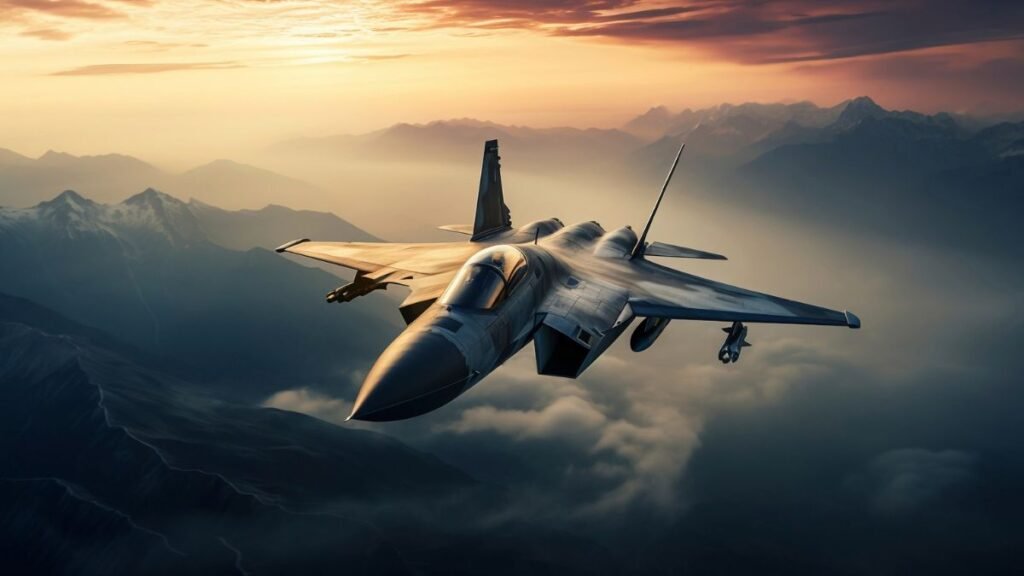Taiwan Strait just got a lot more intense. The U.S. has deployed its most advanced F-15EX ‘Eagle II’ fighter jets near Taiwan. These jets have been stationed at Kadena Airbase on Japan’s Okinawa Island, which is close to Taiwan. It’s the first time the U.S. has done something like this, and it’s raising a lot of questions about China’s next move.
Why the F-15EX and Why Now?
According to Boeing Company, The F-15EX is no small deal. It’s one of the most powerful non-stealth fighter jets in the world, built for heavy-duty combat. With impressive range and payload capacity, it’s equipped with state-of-the-art sensors and weaponry. But here’s the thing: the U.S. Air Force has been facing challenges with its F-22 Raptor and F-35A stealth programs. The F-15EX is here partly because the U.S. needed a solid replacement for older F-15C/D jets. And since these jets are now a little outdated, the F-15EX helps the Air Force keep up its strength without compromising on performance.
The Importance of Kadena Airbase
Kadena Air base wasn’t picked by accident. It’s the closest U.S. base to Taiwan, making it a prime location for strategic deployment. This base has a history of hosting F-15C/D jets for 44 years. Now, the older jets are being swapped for newer, more powerful F-15EX units. The U.S. plans to station 36 of these advanced jets at the base, a move that strengthens America’s presence in the region and reassures both Taiwan and Japan.
China’s Response: The J-20 and Beyond
Now, while the F-15EX is a formidable fighter, it’s not without competition. China’s J-20 stealth fighter jets have the edge when it comes to stealth capabilities and range. The J-20 has been developed to challenge American and regional forces, and experts believe that by the early 2030s, China will roll out its sixth-generation jets, which could change the balance of power around Taiwan even further.
America’s Strategy: More Than Just Show of Force
Deploying the F-15EX jets is part of a broader strategy for the Indo-Pacific region. What this really means is that the U.S. is making a clear statement: it’s committed to maintaining security and stability in the area. This move isn’t just about showing strength to China; it’s also about reassuring allies like Taiwan and Japan that they can rely on American military support if things escalate.
What’s Next?
This is just the beginning. The U.S. has plans to expand its presence in the region, and the F-15EX is likely just one part of a bigger picture. In the coming years, expect more deployments of advanced aircraft and other military resources. It’s not just a defense strategy; it’s a message to China that the U.S. is ready to maintain the regional balance of power, no matter what.
Read More: China’s Shiyan-28B: What You Didn’t Know About Its Mysterious Journey
Watch India Pakistan Breaking News on The Ink Post. Get Latest Updates, Latest News on Movies, Breaking News On India, World, Explainers.
Follow us on Facebook and Instagram and LinkedIn and Twitter to Stay updated!




